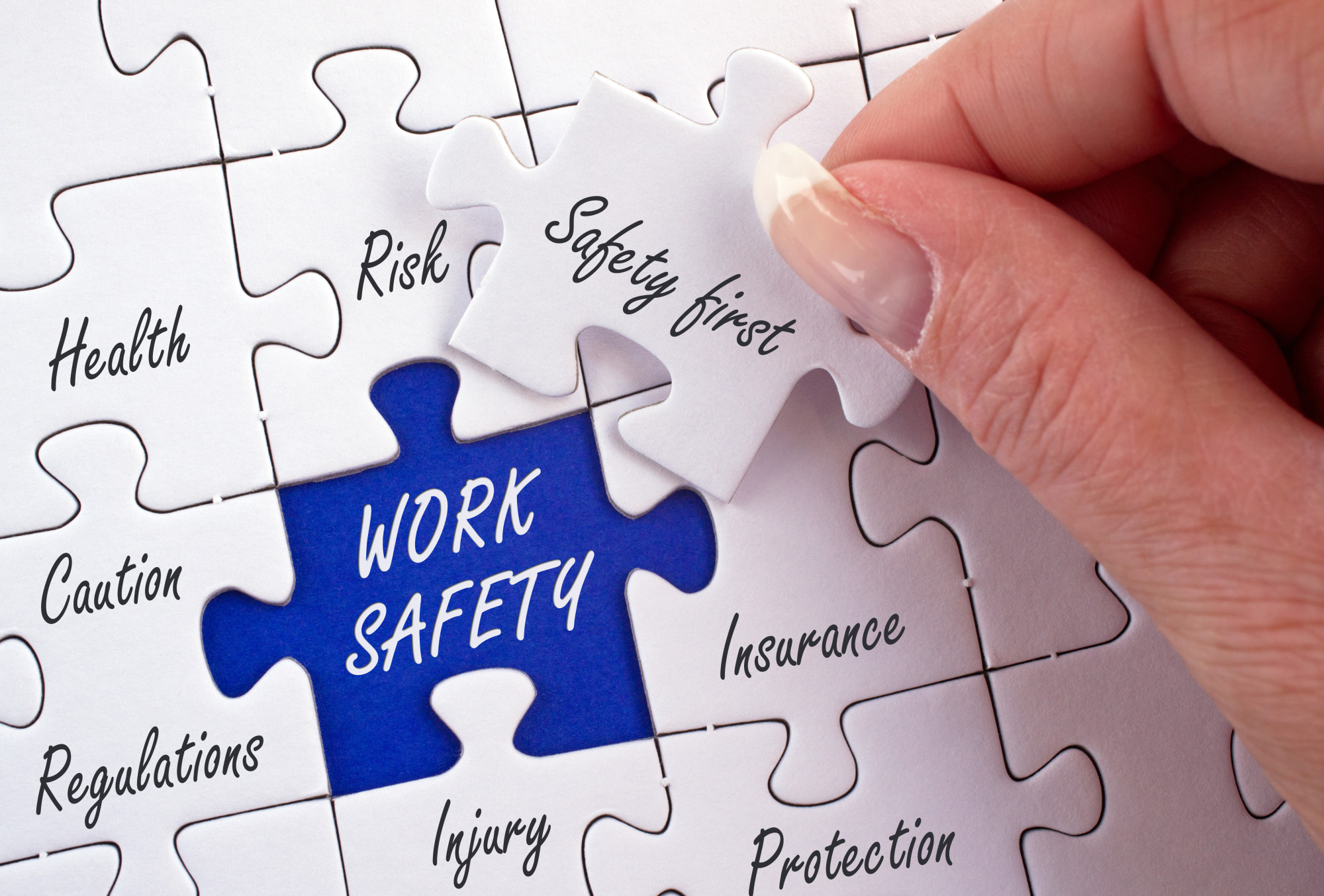In 2017, 5,147 people died at work in the United States. That’s more than 14 people every day. Safety at work is crucially important if you don’t want your workplace to become a safety statistic.
Want to keep your workers safe and teach them how to keep themselves that way? Use these suggestions to improve safety education and training.
Safety Education and Training
Employers and employees both have responsibilities for safety in the workplace. Employees have an obligation to follow the health and safety standards and regulations covered by the Occupational Safety and Health Act.
As an employer, you are obliged to provide a safe place to work for your employees. Part of achieving that is to provide education and training. This education and training are set out in the Occupational Safety and Health Administration (OSHA) recommendation for safety and health programs.
The OSHA recommendations are that this education and training provide everybody in workplaces with the knowledge and skills to work safely. It should make them aware of hazards and how to spot them, report them, and control them.
1. Managers, Supervisors, and Workers
It’s important to recognize that whatever your role in work, you need safety and health training and education. You can’t assume that senior people already have all the knowledge and skills they need. Nor can you assume that everybody understands their role in making their workplace safe.
Managers and supervisors should understand their role in maintaining safety at work. Workers should also understand the specific role of managers and supervisors in maintaining safe working.
Workers should know that they are also responsible in law for working safely and for the safety of their work associates.
2. Contractors, Sub-contractors, and Agency Workers
While it is clear that employees should be included in education and training to keep them safe at work, it cannot sometimes be forgotten that other people are also in the workplace from time to time.
Sometimes contractors or sub-contractors work in the same workplaces as employees. They should also be included in safety and health education and training.
This is not only for their own safety but because their actions can impact others. The training should cover what they need to know to keep themselves and others safe.
Agency workers are an increasingly common feature of workplaces. Their recruitment and training may not follow the same process as direct employees.
This should not compromise the training they receive on health and safety matters. Agency workers may come and go more frequently than direct employees so it’s very important that they are not missed when training is delivered.
3. Involve People
Engaging people is very important for all kinds of training. It’s just as important for safety and health education, given the potential consequences when things going wrong.
One way to get engagement is to encourage involvement. Invite employees and others to suggest training and education, to help design it, and to evaluate and improve it. Employee involvement can raise issues and solutions that might be more difficult for managers to resolve.
4. Right Language and Literacy Level
Training and education are a communication challenge. It’s vital to ensure that communication is effective and one issue to consider is language and literacy.
A training course, warning signs, and educational materials can all be excellent but fail because the audience doesn’t understand the language they are delivered in. Some employees may not question training that they don’t understand because of embarrassment or even fear of the consequences.
Low literacy levels can sometimes be hidden by employees. Ingenious workarounds and tactics hide the low literacy for fear that it may result in them losing their job. It may be necessary to engage in literacy training to support safety and health education.
5. Focus on Hazards
Education should help managers and workers focus on hazards. It’s important that everybody understands how to identify a hazard and that they know how to report them.
Hazards can be specific to a job role or workplace. Training people so they are aware of the specific hazards that they may meet win their job as well as the hazards that may be present in most workplaces.
6. Understand Risks
Educate people about the nature of risk. Understanding the hazards alone is not sufficient.
Risk is about the severity of the harm that a hazard might cause. It’s also about the likelihood that harm might be caused. Together these two factors help people understand the risks any particular hazard may pose.
A high likelihood of harm and high severity of harm is a high priority for action. Low likelihood of harm and low severity of harm make for a trivial hazard.
7. Methods of Control
Control of hazards that have higher levels of risk is a priority for control measures. Include control measures for all significant risky hazards in training for those affected.
These control measures can either reduce the risk of harm or remove the hazard completely. When everybody knows their part in controlling a hazard they can help create a safe workplace.
8. Think About Change
Change is a feature of all workplaces. New people start working and others leave. New roles are developed with different responsibilities and priorities.
New technology and new practices come into play from time to time. New equipment and tools can be introduced. All these changes can introduce challenges of safety and health education and training.
Regularly review the hazards and controls in each workplace. Identify any changes that are needed in training and educational materials and make those changes. Update the knowledge and skills of managers and workers with refresher and updated training.
9. Be Creative
Safety and health training and education is important but can be dry and uninteresting. Even though this is true, it’s important to make this training and education effective. There is a challenge to make the training interesting if there is any hope of engaging an audience.
Be creative in designing training and education. Use activities rather than dull instruction. Include games and competitions to bring safety education to life.
Computer or online safety training can sometimes be a useful way of making training more accessible. It can be customized for learners and include simulations and be visually appealing.
10. Never End
Safety training should never be thought of as completed. There is always a need to refresh and renew training. Continuous improvement principles apply here.
Take Care to Prevent Workplace Injuries
Safety and health education and training are about taking care of each other in our workplaces. One accident is too many.
Browse our blog for more great tips.



